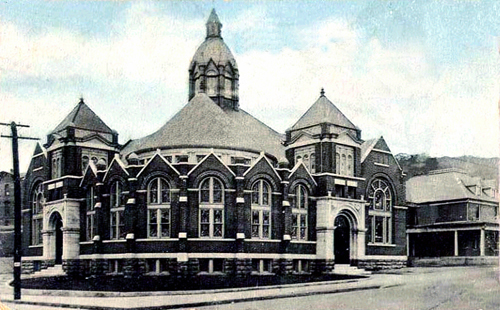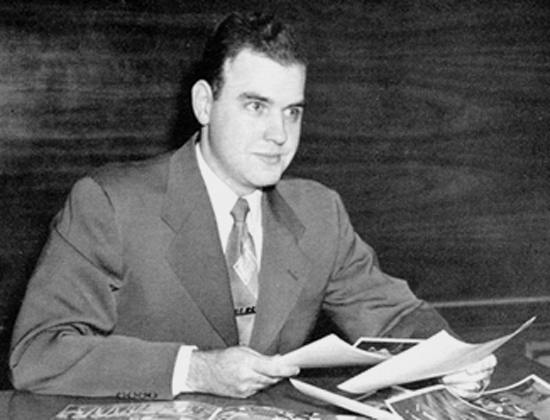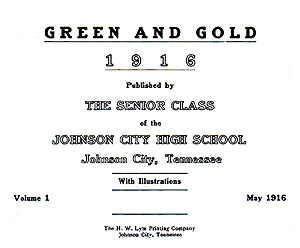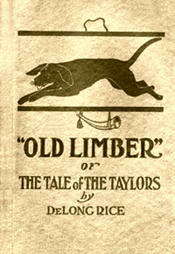Former city resident, Louis Feathers, sent me a copy of his beautifully written 193-page bound autobiography that chronicles his growing up in Johnson City from the 1920s to the early 1940s. One section contains a five-page handwritten letter written in 1995 by his 93-year old uncle, Omer Feathers, who grew up in the Cherokee section of town about six miles southwest of Johnson City.

Omer indicated that Cherokee Road originated at Johnson City and served the Cherokee section, South Westerly by Speedwell Church, Union Church of Christ, extending about 10 miles to Lamar School. This unpaved road became rough and muddy during rainy weather.
Feathers’ parents, John Wesley and Rachel Andes Feathers, built a logwood framed house about 1000 feet south of Cherokee Road across a meadow and creek on a small rise. Omer was born in this house on January 28, 1902, the ninth of eleven children. While growing up, the boys mostly helped outside on the farm and the girls handled the indoor chores.
“The house contained a large living room and fireplace about six feet wide,” said Omer. “We all met at this fireplace at night to pop corn, roast chestnuts or chinquapins and eat apples as a family-get-together. It was an enjoyable time. We did not have electricity, a telephone or running water, but we had a place filled with love and plenty of food to eat, which we raised on the farm. I cannot recall ever not having plenty to eat.
“Behind the living room was our kitchen and dining room. Mother and daddy slept in the living room. Most of the children slept in the attic. Adjoining the house was another addition called the parlor, used mostly when we had company, which was pretty often.
“Near the back of the house was our smokehouse with hams, sausage, kraut, canned fruit, lots of jams, jellies, apples, cabbage and turnips. During bad weather, it all came in handy. Our barn was about 200 yards back of the house with the garden between. West of the house and near the creek was our corn shed. We had a lot of fruit trees with a good variety of fruit. We also had plenty of berries. It all made for many delicious pies.
“We lived about three-quarters of a mile from Union Church of Christ and we were there often. My Mother’s father and mother passed away at our house. They willed us their farm of about 75 acres, which was about two miles south of our home and near the mountains.”
Omer recalled the abundance of chestnuts on their farm that lasted until about 1910 when blight killed all the trees. He fondly recalled going barefooted, wearing overalls, fishing in the creek in front of his house and hunting frogs, rabbits and squirrels, which he deemed “were all fit to eat.”
“The older children went to school near Union Church of Christ,” he said, “but about 1908, they built a new one-room school near us called New Era School. I went there for about five years. There was only one teacher for about 35 students.
“One or more times a year, Daddy would take us boys to Nolichucky River for a day’s fishing. When huckleberries got ripe, Daddy and the boys would go berry picking in the mountains. It was a lot of fun and real good eating. Daddy tried to raise something he could sell and he went to Johnson City often. It was our way to raise money for clothes and other things he had to buy. Daddy also liked to go to the Nolichucky River where they raised lots of watermelons and cantaloupes and get a wagonload of melons, which he would take to Johnson City and sell.”
In March 1913, the Feathers family moved to 715 Magnolia Avenue in Johnson City. I plan to feature more of Louis’s writings in future columns.









